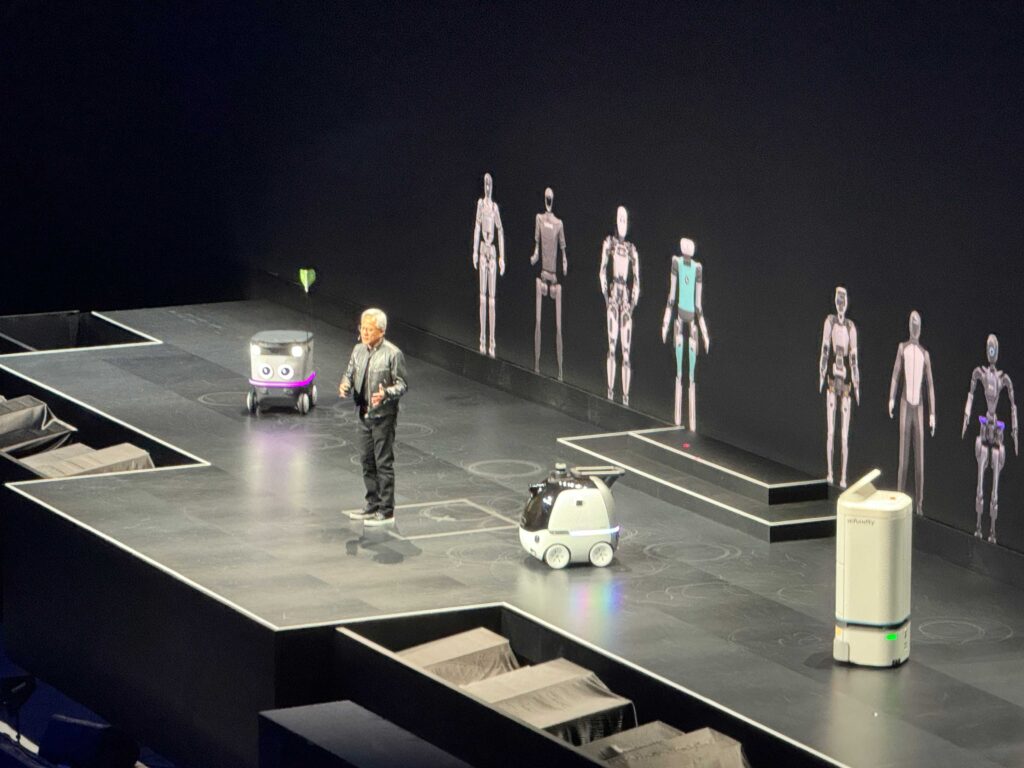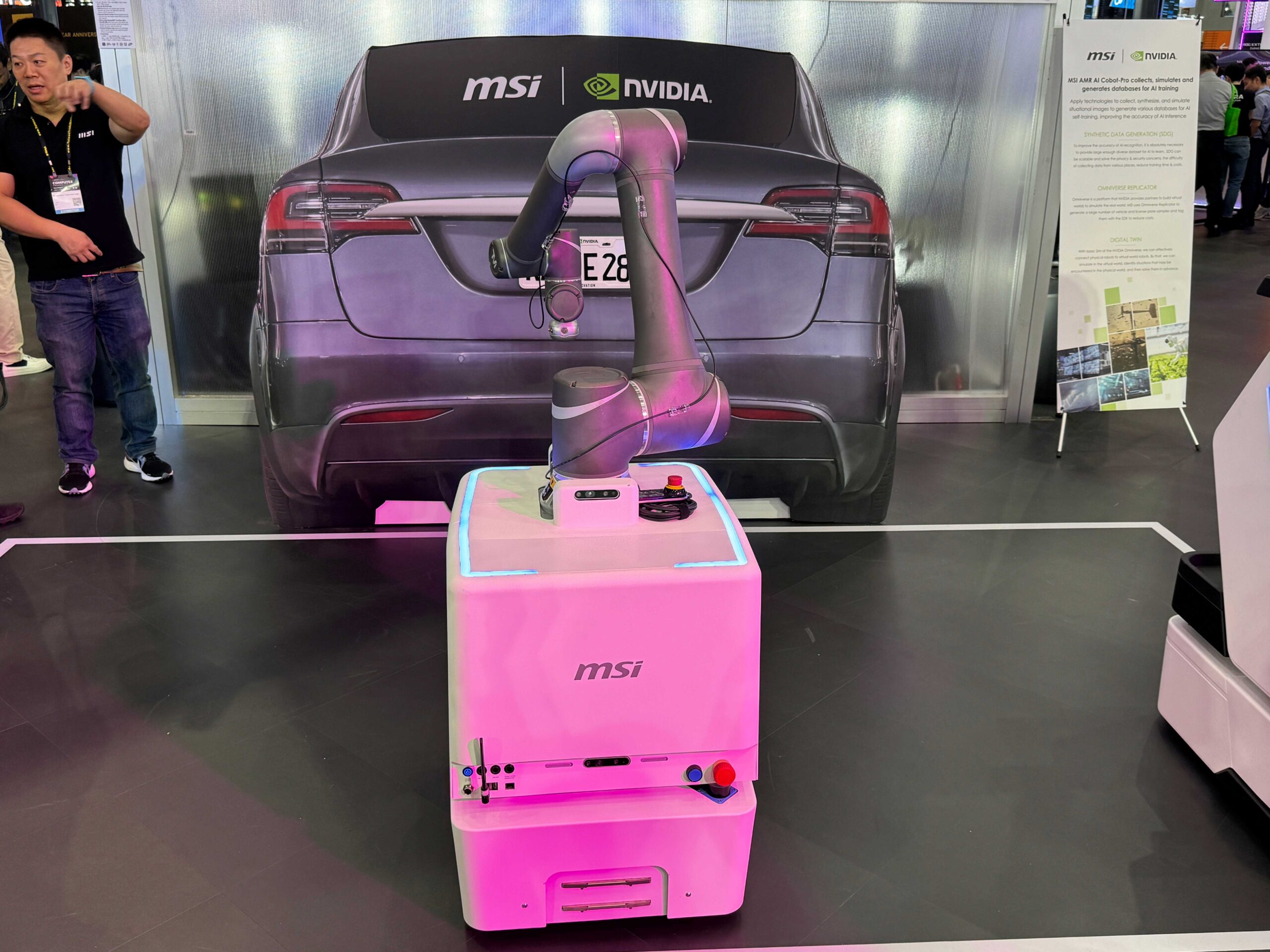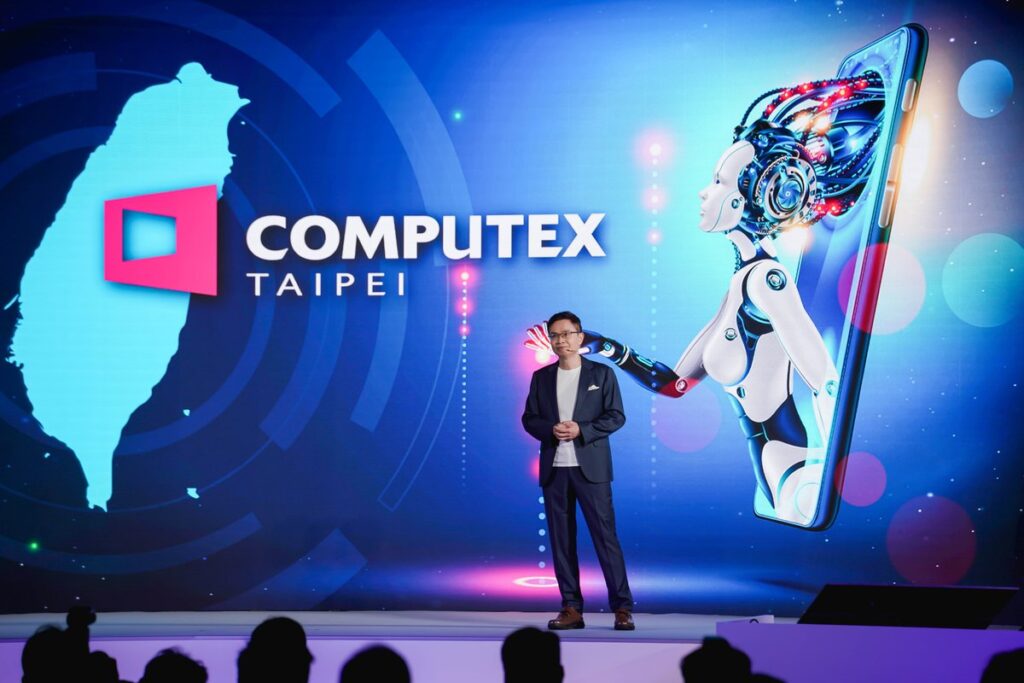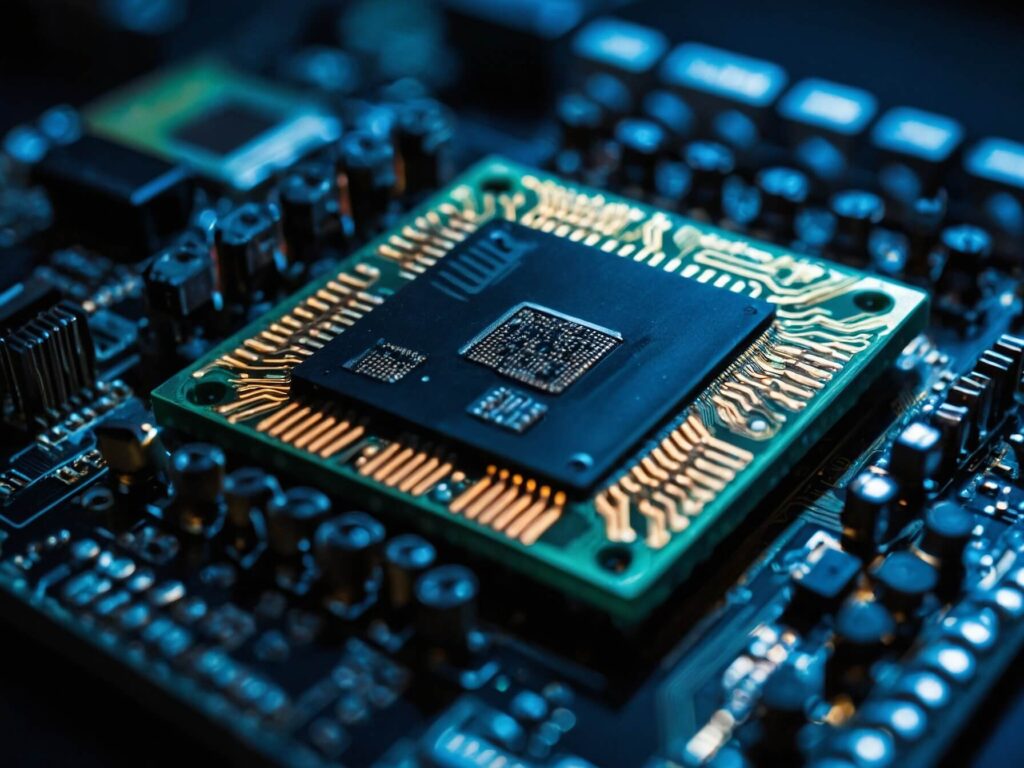During his keynote at Computex 2024, Nvidia CEO and founder Jensen Huang set the stage for the emergence of physical AI, describing it as: “AI that understands the laws of physics, AI that can work among us.”
The Nvidia CEO emphasized that the transition from digital to physical AI is not a distant fantasy but a current reality, with the company’s Isaac AI robot development platform exemplifying this shift. Isaac is already enhancing efficiency in factories and warehouses for companies like BYD Electronics and Siemens, and is playing an instrumental role in the research, development, and production of millions of AI-powered autonomous machines and robots.
Huang’s enthusiasm was palpable as he described the tangible applications of physical AI. He highlighted that over five million preprogrammed robots are currently being tested and validated globally. These robots are being fine-tuned using digital twin simulations within Nvidia’s Omniverse, a platform that allows for the creation of virtual replicas of physical entities. This technology is revolutionizing factory operations, making them almost entirely robotic, with robots not only assembling products but also orchestrating the manufacturing process.
“Robotics is here. Physical AI is here. This is not science fiction, and it’s being used all over Taiwan. It’s just really, really exciting,” Huang said before adding with a flourish: “All the factories will be robotic, the factories will orchestrate robots, and those robots will be building products that are robotic.”
During his keynote, Huang showed a few examples of how leading Taiwan powerhouses such as Foxconn, Delta Electronics, Pegatron, and Wistron are using the companies digital twin and robotics technologies to automate and optimize their manufacturing operations for Nvidia DGX and HGX servers and other cutting-edge products.
At the show itself, there were also several companies such as Asus, MSI, and Solomon exhibiting industrial automation and robotics systems based on the Nvidia Jetson Orin and Nvidia Isaac platforms in their booths. While the transition to physical AI is only just starting, momentum is already building as more and more Taiwan technology companies enter the market with innovative new systems for diverse industrial applications, including machine vision, automated guided vehicles (AGV), and autonomous mobile robots (AMR). This is sure to be a major theme at Computex 2025.




